Table of Contents
For beginner cooks, the top 5 essential spices to start with are cumin, paprika, cinnamon, ginger, and oregano. These versatile spices form the foundation for countless global cuisines and are easy to incorporate into everyday cooking. Each offers unique flavor profiles that can transform simple ingredients into memorable dishes without overwhelming complexity.
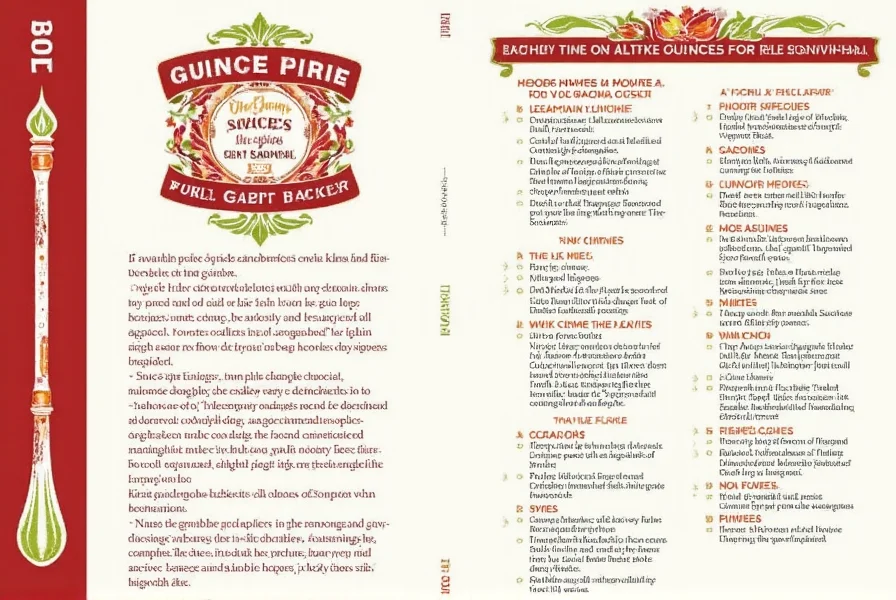
How to Use Each Spice
Understanding how to apply these core spices correctly is key to mastering flavor balance. Here's a concise guide:
- Cumin: Toast whole seeds briefly before grinding for maximum aroma. Ideal for chili, tacos, and roasted vegetables. Start with 1/4 teaspoon per serving and adjust.
- Paprika: Use sweet paprika for color and mild sweetness in soups, stews, and roasted meats. Smoked paprika adds depth to grilled foods and eggs.
- Cinnamon: Works in both sweet and savory dishes. Add to oatmeal, baked goods, or sprinkle over coffee. For savory use, try in Moroccan tagines or Mexican mole.
- Ginger: Fresh ginger adds zesty heat to stir-fries and marinades. Ground ginger is perfect for baking and spice blends. Always peel fresh ginger before grating.
- Oregano: Dried oregano intensifies when cooked, making it ideal for tomato-based sauces and Mediterranean dishes. Fresh oregano is better for salads and garnishes.
Practical Tips for Maximizing Flavor
Tip 1: Start Small and Taste Often
Spices can be powerful, so begin with minimal amounts and taste as you cook. You can always add more, but excess cannot be removed once incorporated.
Tip 2: Store Properly for Freshness
Keep spices in airtight containers away from heat and light. Whole spices retain potency for 1-2 years; ground spices last 6-12 months. Replace when color fades or aroma weakens.
Tip 3: Pair Flavors Strategically
Some spices complement each other: cumin pairs well with coriander and chili powder. Avoid combining strong citrus with earthy spices like cumin unless intentionally balancing flavors.
Tip 4: Toast Whole Spices for Depth
Heat whole spices in a dry skillet over medium heat for 1-3 minutes until fragrant. This releases essential oils and creates richer, more complex flavors in dishes.
Buying Guide: Quality Over Brand
Focus on freshness and quality rather than specific brands. Key considerations:
- Whole vs. Ground: Whole spices last longer and can be ground fresh when needed. Ground spices are convenient but lose potency faster.
- Check Expiry: Look for harvest dates on packaging. Avoid spices that have been sitting on shelves for over a year.
- Source Transparency: Reputable brands disclose origin and processing methods. Avoid products with vague descriptions like "premium" without details.
- Storage-Friendly Packaging: Opt for opaque containers or resealable bags to protect from light and moisture.

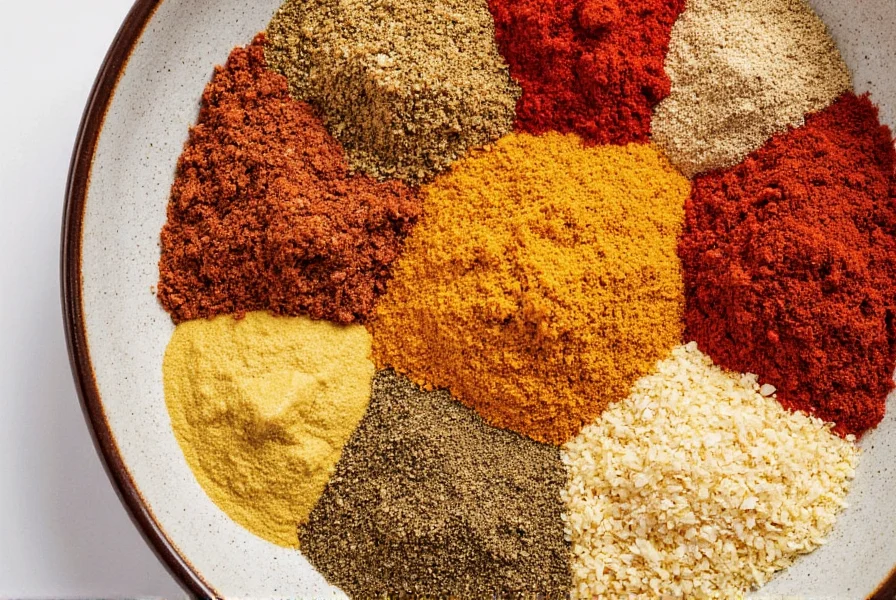
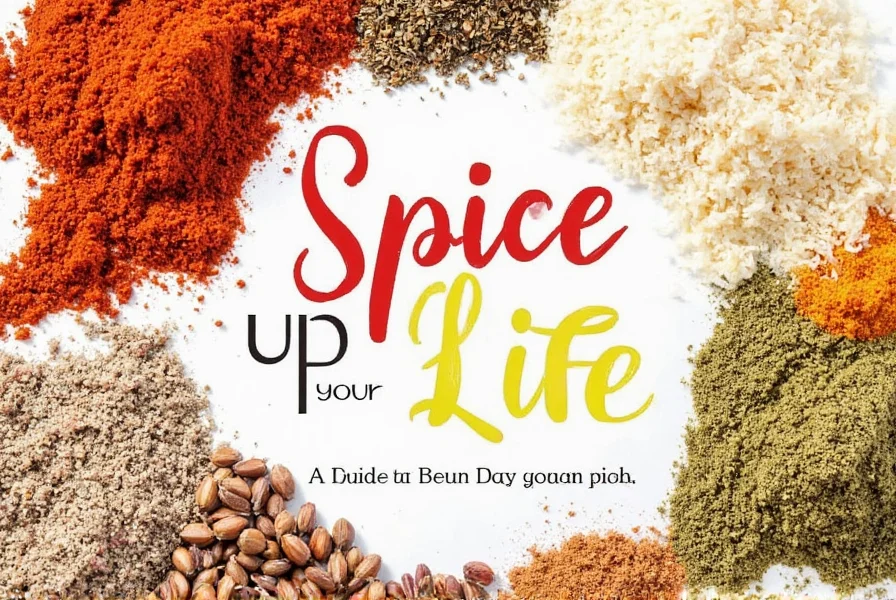


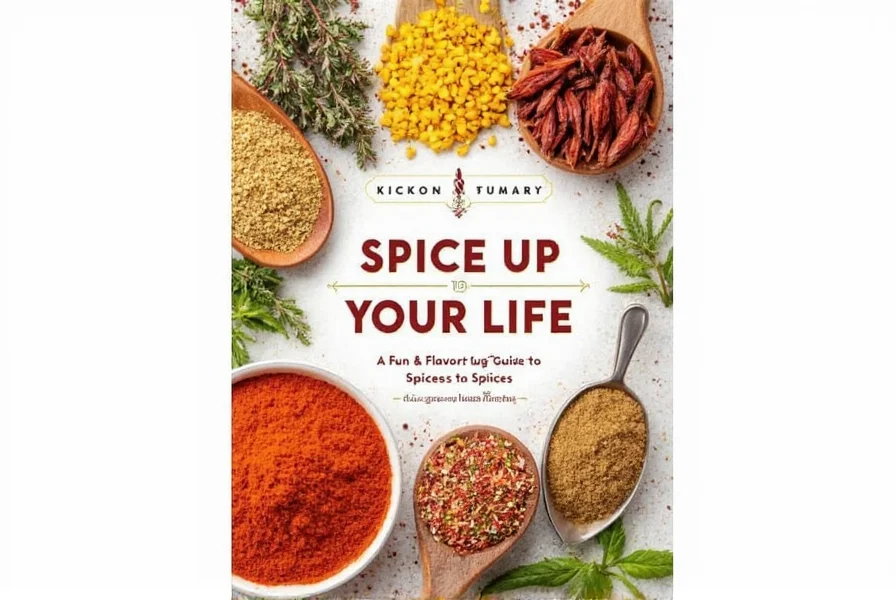
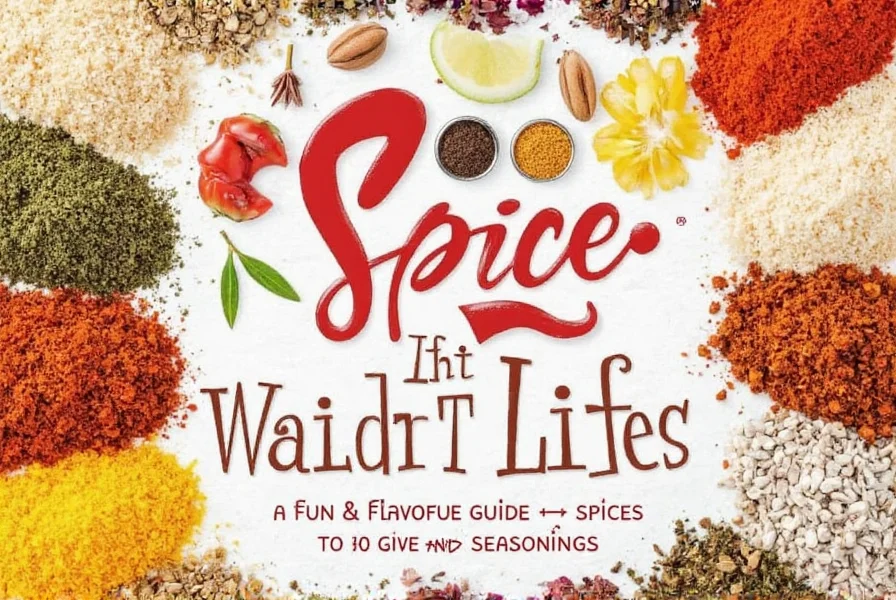
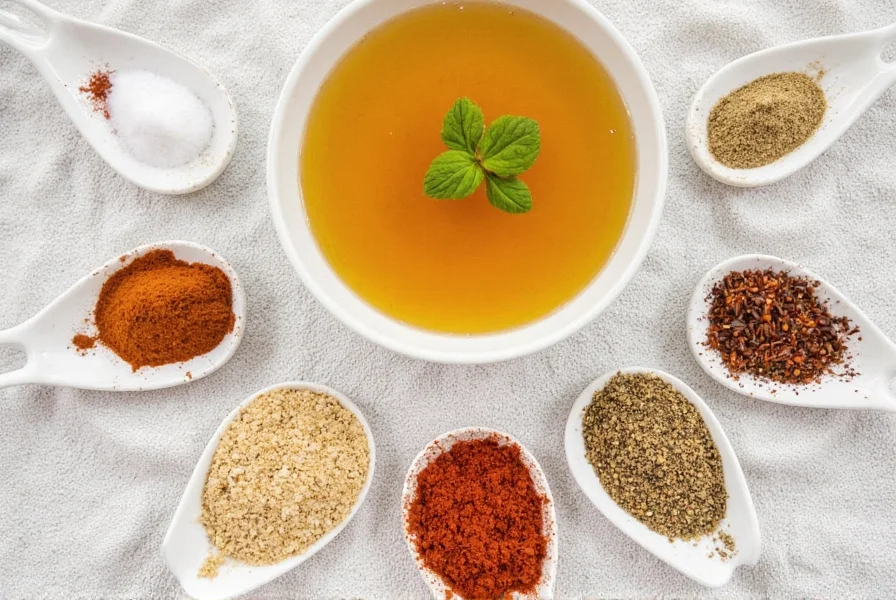
Frequently Asked Questions (FAQ)
What's the difference between spices and seasonings?
Spices are derived from plant parts like seeds, bark, or roots (e.g., cinnamon, cumin). Seasonings are blends of spices, herbs, salt, or other flavor enhancers (e.g., Italian seasoning, taco seasoning).
How long do spices last before losing potency?
Whole spices retain freshness for 1-2 years; ground spices last 6-12 months. Store in airtight containers away from heat and light. Replace when color fades or aroma weakens.
What are the most essential spices for a beginner's pantry?
Start with these 5: cumin (earthy depth), paprika (mild sweetness), cinnamon (warmth for sweet/savory), ginger (zesty kick), and oregano (bold Mediterranean flavor). These cover most global cuisines.
Can I substitute fresh herbs for dried spices?
Generally, use 1 part dried spice to 3 parts fresh herbs. Dried spices concentrate flavor and work best added early in cooking, while fresh herbs should be added near the end to preserve brightness.
Why should I toast whole spices before grinding?
Toasting releases essential oils and intensifies flavors. Heat whole spices in a dry skillet over medium heat for 1-3 minutes until fragrant, then cool before grinding. This creates noticeably brighter, more complex flavors in dishes.
How can I revive stale spices?
Once spices lose potency, they cannot be fully revived. For marginally old spices, briefly toast whole seeds or rub small amounts between palms to release residual oils. Prevention is key—buy in small quantities and store properly.
Conclusion
Mastering these 5 core spices transforms cooking from routine to remarkable. They're the foundation for countless global cuisines and can elevate even simple dishes with minimal effort. Remember: freshness matters more than brand, and proper storage preserves flavor longer. Start small, taste often, and enjoy the journey of flavor discovery.

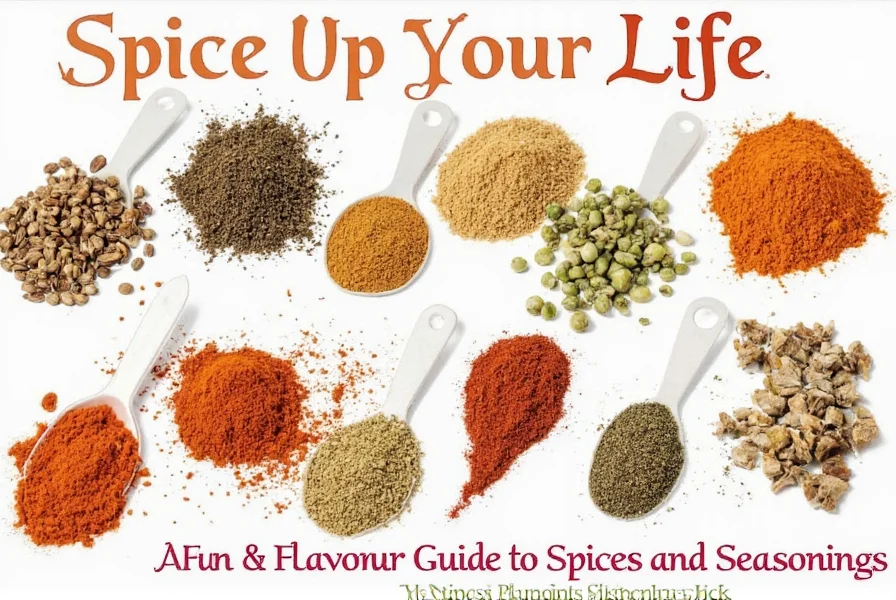









 浙公网安备
33010002000092号
浙公网安备
33010002000092号 浙B2-20120091-4
浙B2-20120091-4